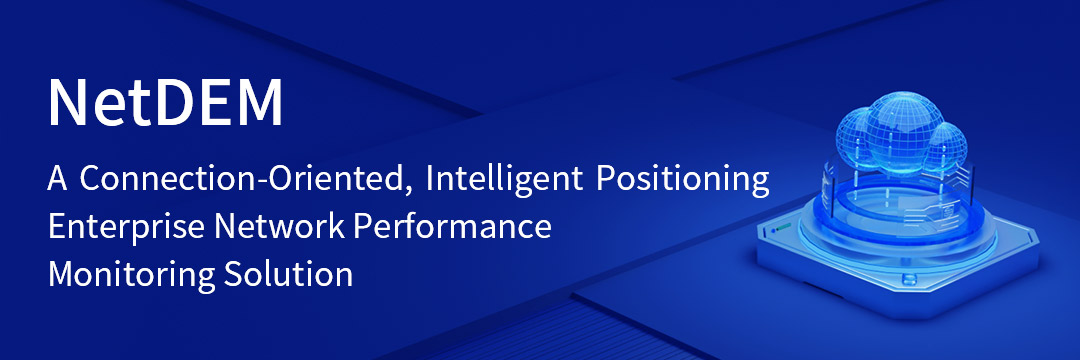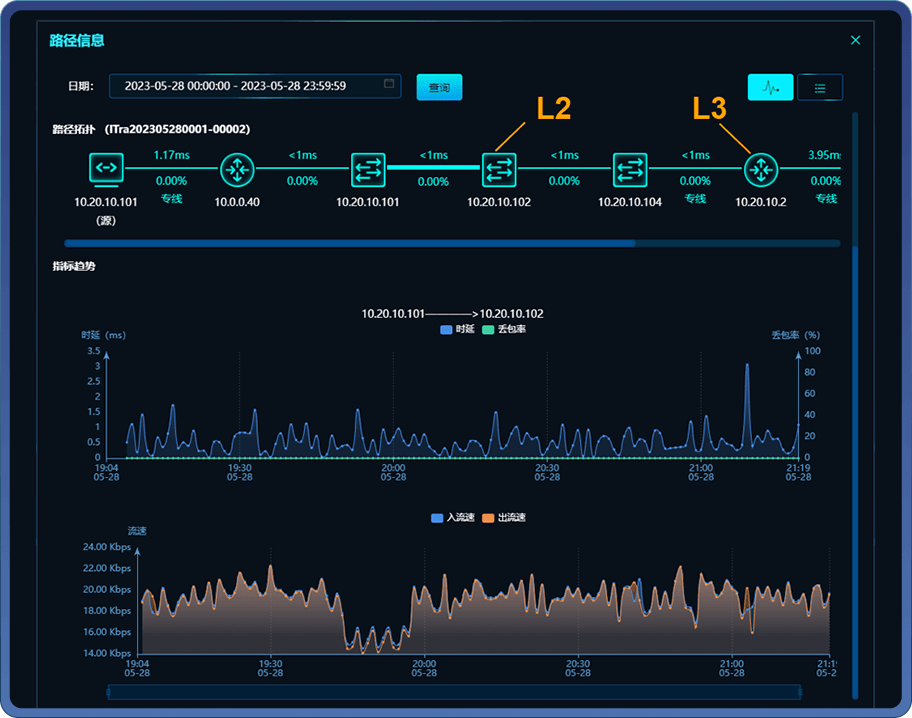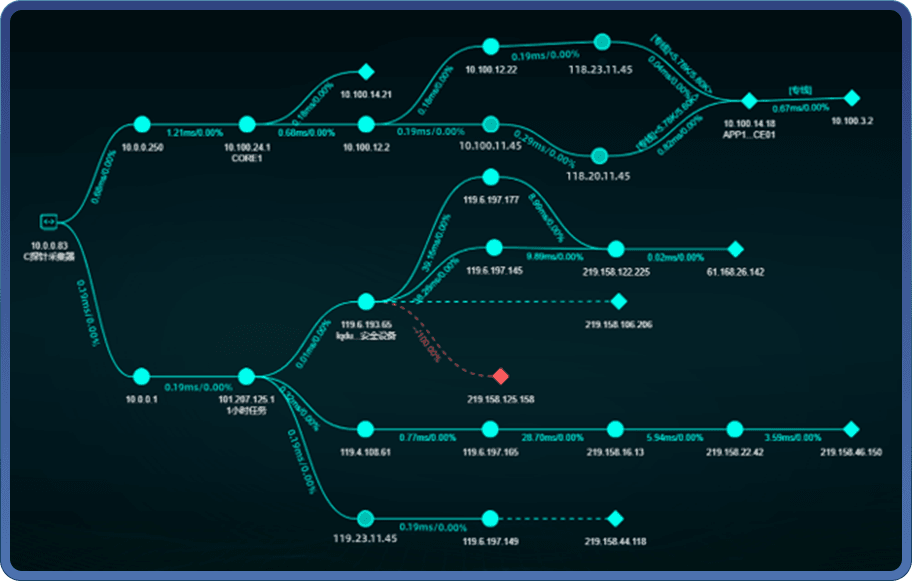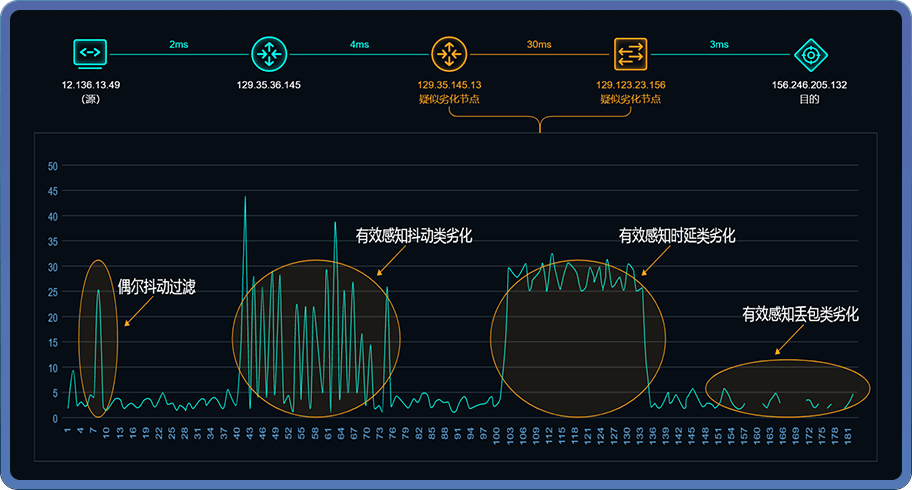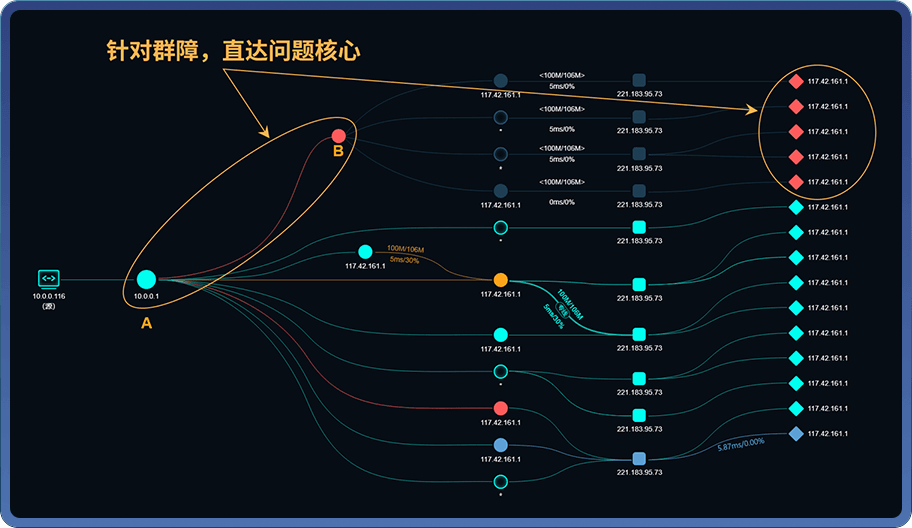USER PAIN POINTS
Low Satisfaction
As enterprise networks bear an increasing number of services and the performance requirements for networks continue to escalate, although the robustness of the network is improving, customer satisfaction with network quality is declining. Complaints about the network not functioning well occur from time to time.
Troubleshooting is difficult.
Traditional network management systems can only detect whether the network is connected or disconnected, and are powerless against degradation issues. Troubleshooting is time-consuming and labor-intensive, with no ability to pinpoint the location or responsibility, often leading to buck-passing and disputes.
Passive Response
Lacking early warning capabilities, operations and maintenance can only passively respond to user complaints, unable to take proactive measures to eliminate potential faults.
Evaluation Difficulties
There is a lack of scientific assessment methods for the quality of network operations, making it impossible to determine whether the network is performing well or not. Particularly for the large number of leased dedicated lines, despite the significant investment in their purchase, the quality remains uncertain.
